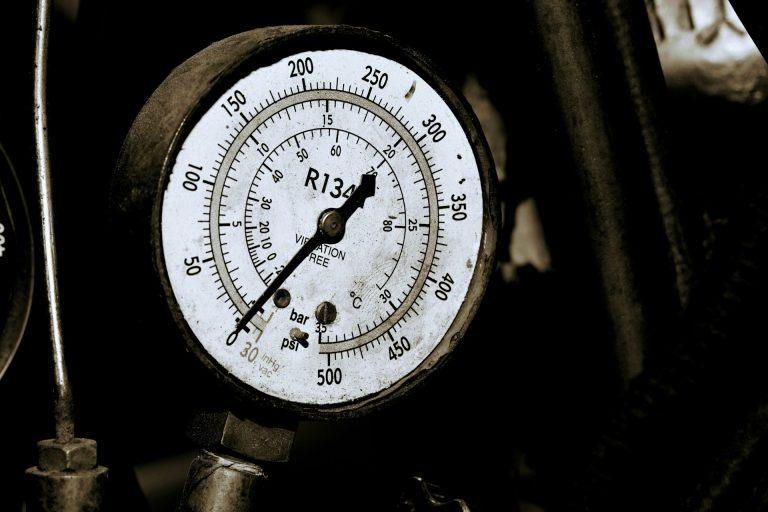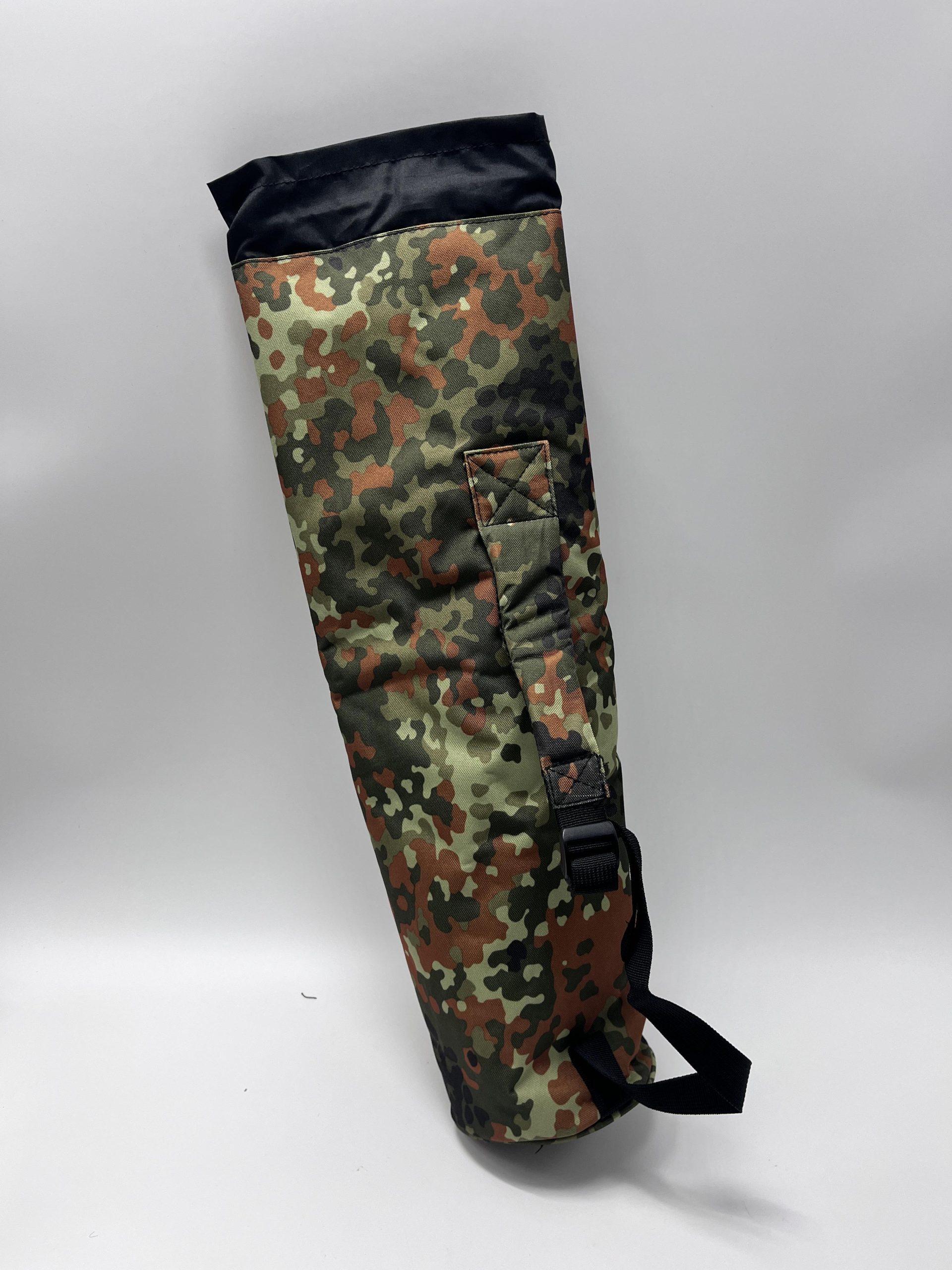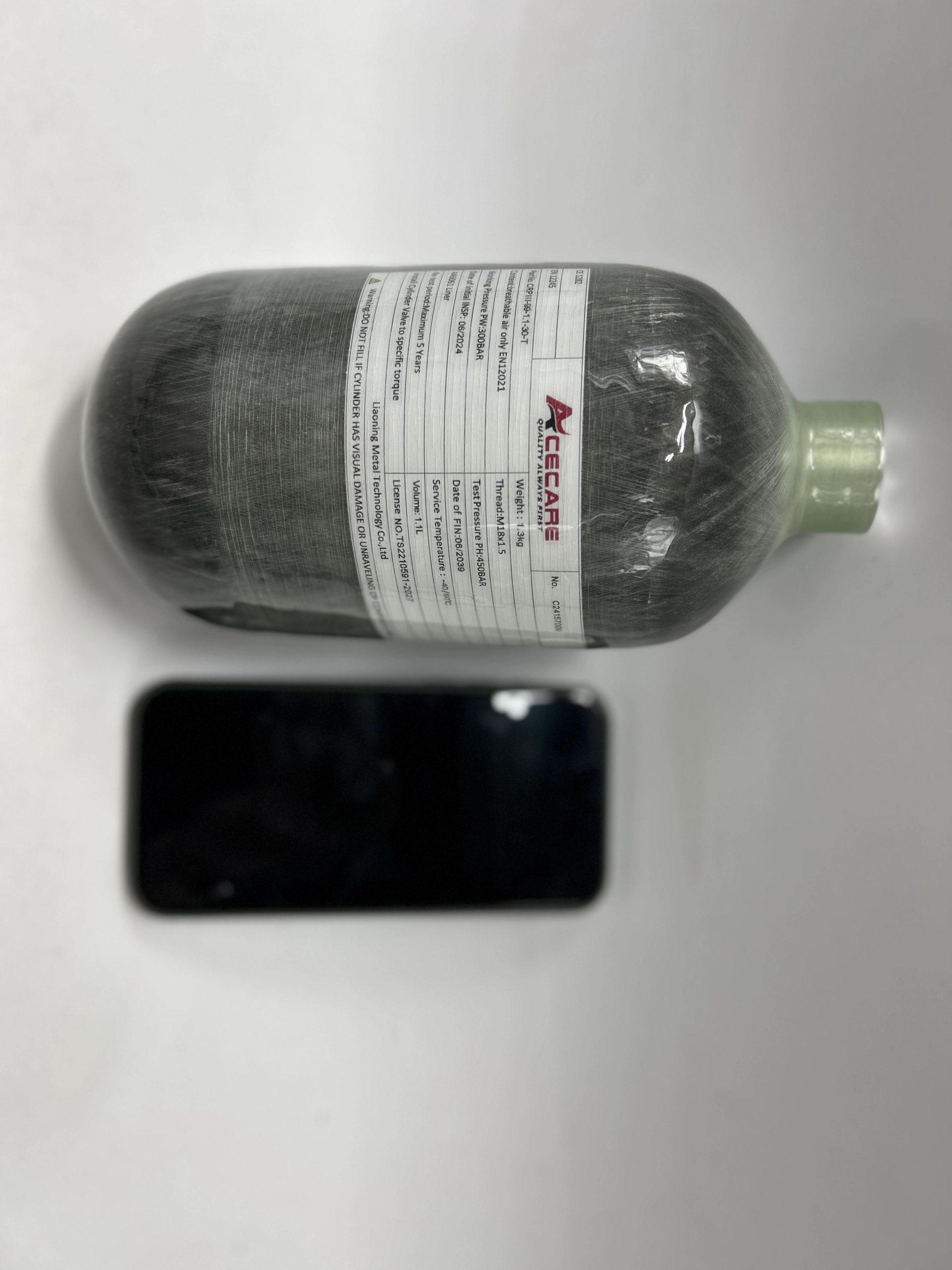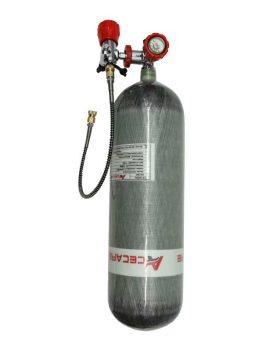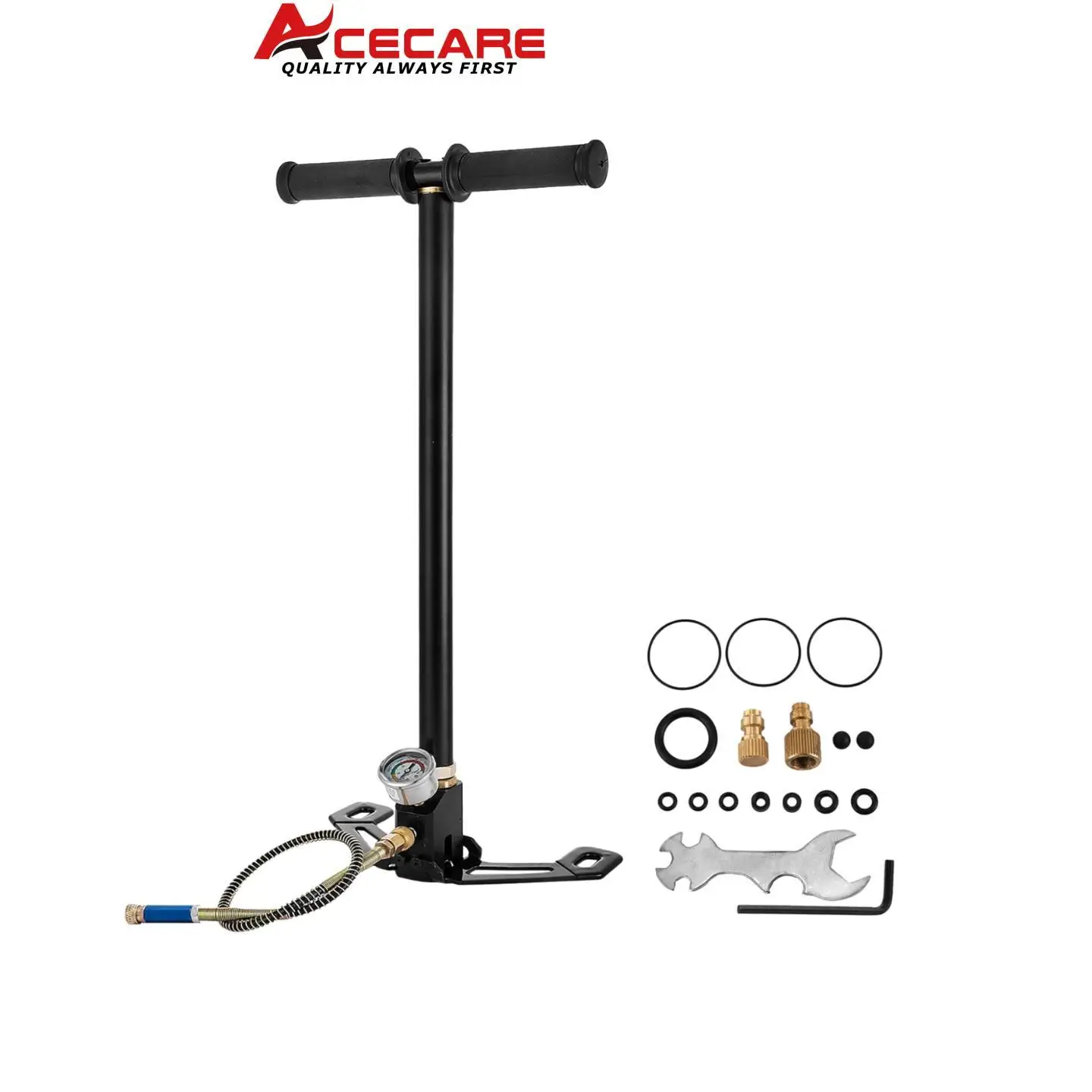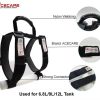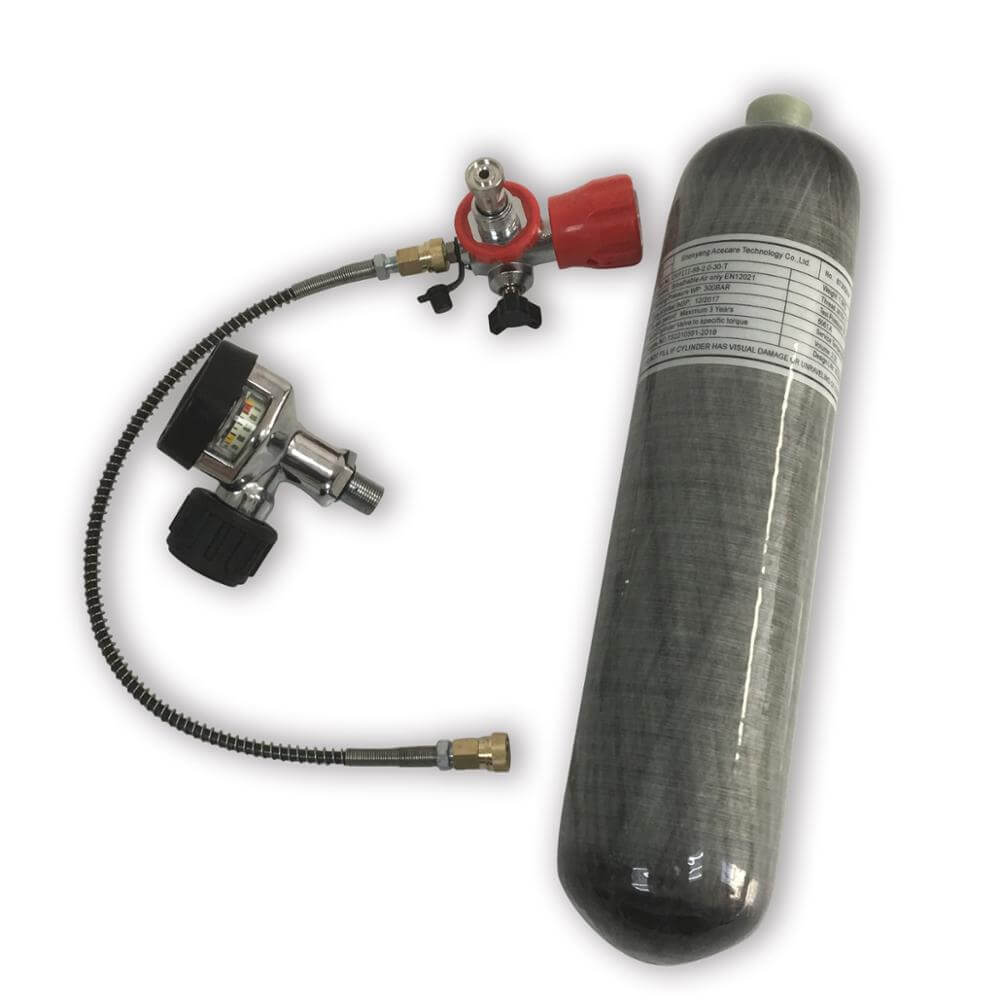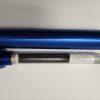The first time I toured a carbon fiber cylinder manufacturing facility, I was struck by the fascinating contrast—cutting-edge aerospace technology being used to create what many consider mundane industrial components. These aren’t just containers; they’re precisely engineered pressure vessels that blend art, science, and meticulous craftsmanship.
Let me take you behind the closed doors of carbon fiber cylinder production—a process that’s far more complex and impressive than most people realize.
The Journey Begins: Raw Materials That Make the Difference
Every extraordinary carbon fiber cylinder starts with carefully selected raw materials. This isn’t your craft store carbon fiber—this is aerospace-grade material with exacting specifications.
Carbon Fiber: Not All Fibers Are Created Equal
The carbon fiber itself typically arrives at manufacturing facilities as spools of what’s called “tow”—bundles of continuous filaments that contain thousands of individual carbon fibers. Each of these fibers is thinner than a human hair (about 5-10 micrometers in diameter) yet stronger than steel.
For high-pressure cylinders, manufacturers generally use fiber in the range of:
- Tensile strength: 3,500-7,000 MPa
- Tensile modulus: 230-600 GPa
These aren’t just random numbers—they’re carefully selected material properties that determine how the final cylinder will perform under pressure.
I remember watching a quality control technician testing incoming fiber batches, meticulously verifying properties before anything was approved for production. A single batch not meeting specs gets rejected immediately—there’s zero tolerance for material variation.
Resin Systems: The Unsung Heroes
While carbon fiber gets all the glory, the resin system is equally critical. Modern cylinders typically use:
- Epoxy resins: Offering excellent adhesion and chemical resistance
- Specialized hardeners: Carefully formulated to control curing time and temperature
- Proprietary additives: Enhancing specific properties like impact resistance or UV stability
The exact formulations are closely guarded secrets—I’ve seen resin mixing rooms with restricted access and coded labels to protect proprietary blends that took years to perfect.
Liner Materials: The Foundation
Unlike all-metal cylinders, carbon fiber cylinders require an inner liner that serves as both a gas barrier and a mandrel for fiber winding. Depending on the application, these liners may be:
- Aluminum: Lightweight metal liners for many industrial applications
- High-density polyethylene (HDPE): For ultra-lightweight applications
- Specialized polymers: For specific gas compatibility requirements
The liner isn’t just a container—it’s an engineered component with precise dimensions, carefully designed boss fittings (the metal end pieces), and specific material properties.
The Manufacturing Process: Precision in Motion
With raw materials ready, the actual manufacturing begins—a multi-stage process that combines robotic precision with expert human oversight.
Liner Preparation: The First Critical Step
For cylinders with aluminum liners (Type 3), the process often includes:
- Precision machining of the threaded boss areas
- Surface preparation to ensure proper bonding with composite materials
- Inspection for microscopic defects that could compromise performance
- Cleaning to remove any contaminants that could interfere with the composite bond
For polymer-lined cylinders (Type 4), the process typically involves:
- Rotational molding or blow molding to form the liner
- Boss insertion using specialized techniques to ensure gas-tight seals
- Pressure testing of the liner assembly before any composite is applied
I once watched a technician reject an entire batch of liners because the thread dimensions were 0.02mm out of specification—a difference invisible to the naked eye but critical for safety.
Filament Winding: Where the Magic Happens
The heart of carbon fiber cylinder manufacturing is the filament winding process—a hypnotic dance of precision machinery that transforms simple materials into pressure vessels capable of containing thousands of PSI safely.
The process works like this:
- The prepared liner is mounted on a rotating mandrel in a specialized winding machine
- Carbon fiber tow is fed through a resin bath, precisely impregnating it with the exact amount of resin
- The wet fiber is then wound onto the rotating liner in carefully calculated patterns
- Computer-controlled winding heads move with micrometer precision, laying each fiber exactly where engineering calculations dictate it should go
What fascinates me most is that the winding patterns aren’t random—they’re the physical manifestation of complex mathematical models that determine:
- Hoop layers that resist pressure expansion like belts around the cylinder
- Helical patterns that provide axial strength and connect the end domes
- Specific fiber angles optimized for stress distribution
- Layer transitions that eliminate weak points
The most sophisticated winding machines can adjust tension, speed, and position thousands of times per minute to create structures that distribute stress perfectly across the finished product.
Curing: Transformation Under Heat and Pressure
Once winding is complete, the composite structure must cure—a process that transforms the soft, resin-wet fibers into a rock-hard unified structure.
Most manufacturers use one of two approaches:
- Autoclave curing: Placing the wound cylinders in giant pressure vessels with precisely controlled temperature and pressure
- Oven curing: Using specialized ovens with exact temperature profiles managed to within ±1°C
The curing process is far more sophisticated than just “baking” the cylinders. Temperature is ramped up and down in precise profiles that:
- Allow resin to flow correctly before gelling
- Minimize internal stresses
- Achieve optimal cross-linking of the resin molecules
- Prevent thermal shock that could create microscopic cracks
A production manager once told me, “We’re not just making cylinders here; we’re managing a complex chemical reaction with zero room for error.” That perspective has always stuck with me.
Machining and Finishing: Final Precision
After curing, the cylinders undergo final processing:
- End machining to expose and finish the boss threads
- Surface finishing to prepare for exterior coatings
- Application of protective outer layers to resist UV damage and abrasion
- Installation of valve components when included in the finished product
The level of precision in this stage is remarkable—threads are cut to tolerances measured in thousandths of an inch, ensuring perfect sealing with valves and regulators.
Quality Control: Relentless Testing
If there’s one thing that truly distinguishes top-tier carbon fiber cylinder manufacturers, it’s their fanatical commitment to quality control.
Non-Destructive Testing
Every single cylinder undergoes multiple inspections:
- Visual examination by trained inspectors looking for any surface irregularities
- Ultrasonic scanning to detect any hidden delamination or voids
- Hydraulic proof testing at pressures exceeding normal operating pressure
- Dimensional verification to ensure every measurement meets specification
- Leak testing using specialized methods appropriate to the cylinder type
I’ve visited facilities where each cylinder is subjected to over 20 separate quality checks before being approved for shipment.
Destructive Testing
Beyond inspecting every cylinder, manufacturers regularly perform destructive tests on sample cylinders from each production batch:
- Burst testing to verify pressure ratings (witnessing a controlled burst test is an unforgettable experience—seeing a cylinder safely contain pressure until it’s several times above its rated capacity before finally failing)
- Cycle testing where cylinders are repeatedly pressurized and depressurized thousands of times
- Environmental exposure testing simulating years of use in various conditions
- Impact testing to verify damage resistance
The data from these tests isn’t just for compliance—it feeds back into the engineering process, continually refining and improving designs.
Engineering Behind the Scenes: The Unseen Complexity
What most cylinder users never see is the enormous engineering effort behind each design:
Finite Element Analysis (FEA)
Before a single fiber is wound, engineers create sophisticated computer models simulating:
- Stress distribution under pressure
- Performance under temperature extremes
- Response to impact scenarios
- Long-term fatigue behavior
These models involve millions of calculations and are validated against real-world testing.
Material Science Innovation
Dedicated research teams work constantly on:
- New fiber types with improved properties
- Advanced resin formulations for better performance
- Innovative liner materials for specific applications
- Improved manufacturing processes
One engineer described her work as “pushing the boundaries of what’s physically possible within safety margins that never compromise.”
Safety Standards Integration: Building Compliance Into Every Step
Manufacturing doesn’t happen in isolation from regulatory requirements. Safety standards are integrated into every aspect of the production process:
- Design specifications directly incorporate ISO, DOT, UN, and other requirements
- Manufacturing procedures include specific steps required by various certifications
- Documentation systems maintain complete traceability from raw material to finished product
- Regular third-party audits verify compliance with all applicable standards
This integrated approach ensures that compliance isn’t something added at the end—it’s built into every cylinder from conception.
The Human Element: Craftsmanship Meets Technology
Despite all the advanced technology, skilled people remain essential to carbon fiber cylinder manufacturing. In every facility I’ve visited, I’ve found dedicated professionals who:
- Possess specialized knowledge developed over years of experience
- Maintain an unwavering commitment to quality and safety
- Take genuine pride in creating products that perform flawlessly under extreme conditions
One winding technician I spoke with had been creating carbon fiber cylinders for over 15 years. When I asked what kept him engaged after so many years, he said simply, “Knowing that people’s lives depend on me doing this right every single time.”
That human commitment to excellence, combined with advanced materials and precision engineering, is what makes carbon fiber cylinders the remarkable products they are.
From Factory to Your Facility: The Final Steps
After manufacturing and quality verification, cylinders undergo:
- Final cleaning to remove any processing residues
- Application of required labeling including serial numbers, test dates, and certification marks
- Installation of protective caps for valve threads
- Packaging designed specifically to protect the cylinders during shipping
- Final documentation including batch records, test certifications, and user information
Every cylinder arrives with a documented history ensuring it meets all specifications and safety requirements.
Conclusion: Engineering Excellence in Every Cylinder
The next time you handle a carbon fiber cylinder, take a moment to appreciate the remarkable combination of advanced materials, precision engineering, and meticulous craftsmanship it represents. What looks like a simple container is actually the product of decades of material science advancement, sophisticated manufacturing technology, and rigorous quality control.
At our company, we’re proud to offer carbon fiber cylinders manufactured to these exacting standards. Our cylinders aren’t just lighter and more durable than traditional alternatives—they represent the cutting edge of pressure vessel technology, bringing aerospace-grade materials and manufacturing excellence to your everyday operations.
Questions about our manufacturing processes or how our cylinders are engineered for your specific application? Our team of experts is always available to share more details about what makes our products exceptional.


